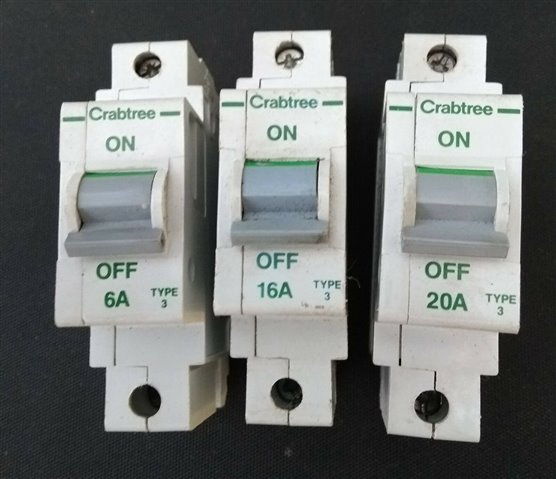Good day to all
Probably not an original question, but still...
Is there a Reg. non-compliance (which one(s) ) for having 2 double skts fed* unfused from a socket on a ring final (presuming the connection is 'good' so to speak) ?
* either with the two on one short bit of 'spur' cable, or each on its own short bit of cable , from the double socket
If the sockets were used to supply low powered items (chargers, a LED tv, lamp) and perhaps occasional vac. cleaner, or fan heater, then there is no overload concern as such, so what's the issue... is it simply the potential available to overload and for an EICR, what exactly is the risk to record ... it seems hardly potentially dangerous and if its not that, why improve it ! Is that why it's 'informative' and not regulatory . Musing over .
Regards




 Not even a small prize?
Not even a small prize?